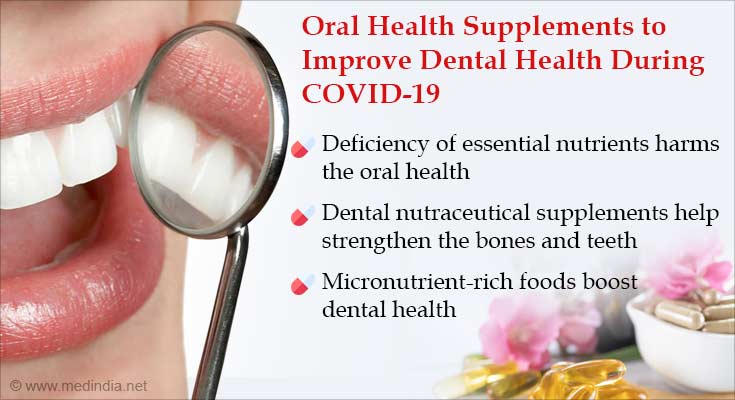“[W]e found strong associations between age at menarche and chronic pain outcomes in adult women,” according to the new research by Charlotte Indre Lund, PhD fellow in Epidemiology at Oslo University Hospital, and colleagues. The findings add to previous evidence suggesting that increased estrogen levels associated with early menarche may contribute to pain, and to sex differences in pain in general.
Early menarche linked to higher prevalence and longer duration of chronic pain
The study included data on more than 12,000 women (average age 55) participating in the Tromsø Study, an ongoing population study of the health of people in northern Norway.
The researchers analyzed associations between women’s self-reported age at menarche and the presence and characteristics of chronic pain. The women’s reported average age at menarche was about 13 years. About 40% of women reported experiencing chronic pain.
Women with younger age at menarche were more likely to have chronic pain. After adjustment for potential confounding factors, the relative risk of chronic pain decreased by 2% for each one-year delay in menarche. Absolute risk decreased by 1.1 to 1.4 percentage points per year.
Across the full range of reported ages – from 9 to 18 years – the absolute risk of chronic pain differed by 12.6 percentage points.
Older age at menarche was associated with lower rates of chronic pain in each of 10 body regions assessed, with the strongest associations for chest and abdominal pain. Younger age at menarche was associated with a longer duration of pain.
Based on recently updated criteria, the prevalence of chronic widespread pain (CWP) was 7.4%. Later menarche was associated with a decreased risk of experiencing CWP, with a risk ratio of 7% and absolute risk difference of 1.5 percentage points per year.
There are well-known sex differences in chronic pain conditions, with chronic pain rates higher in women compared to men. “The causes of sex differences in pain are poorly understood,” Ms Lund and coauthors write. “However, one reason might be the different hormone exposure in the sexes throughout the lifetime.”
A few previous studies have found associations between early menarche and various pain diagnoses, including migraine and low back pain. They also cite previous studies reporting interactions between sex hormones and the immune system, and organizational effects of sex hormones on the nervous system during puberty.
Based on the new findings, the researchers conclude that “Age at menarche is an independent risk factor for chronic pain, site-specific chronic pain, and chronic widespread pain and [thereby] contribute to the explanation of sex differences in pain,”.
Each additional year of delay to the first menstrual period is associated with a reduced risk for having chronic pain lasting 5 years or longer, as well as a reduced risk of CWP.
Source: Eurekalert



